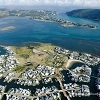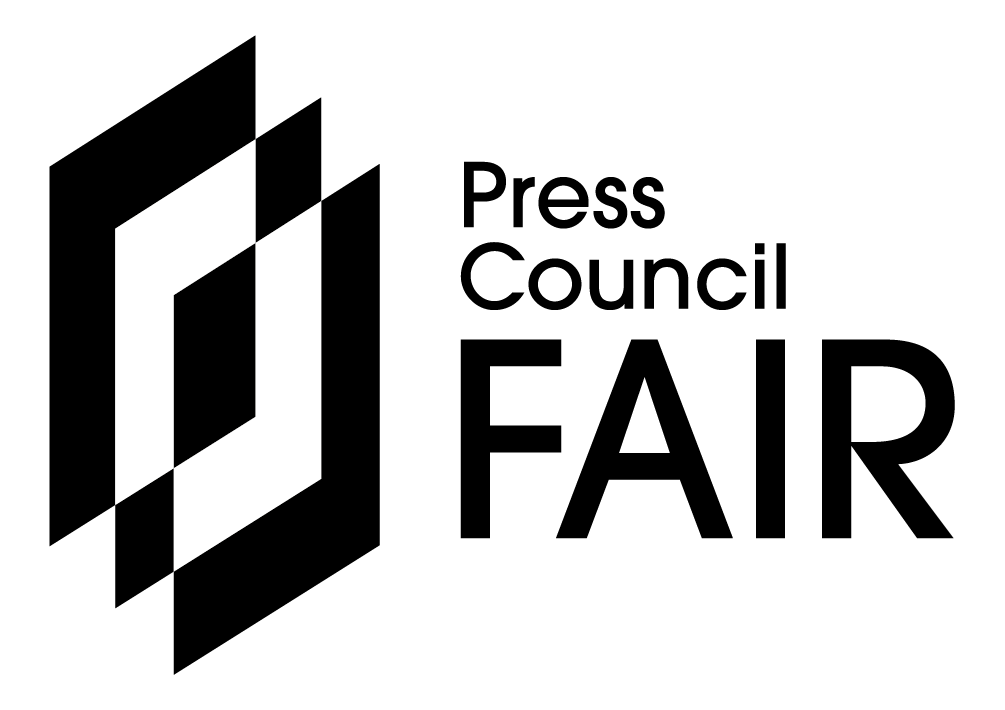KNYSNA NEWS - As soon as you step into the charming space Sue Swain calls home on a farm outside Knysna, her close relationship with the natural world is evident. Before settling down for a chat, she prioritises the ushering of a tiny spider out through the door.
One of South Africa's experienced practitioners in the field of biomimicry and founder of the NPO (Non Profit Organisation) BioWise, Sue Swain is dedicated to integrating this revolutionary way of life along the Garden Route and beyond.
The concept of biomimicry, she explains, can be loosely defined as the intentional imitation or "mimicry" of nature's forms, structures and processes, in order to improve or solve human problems and challenges.
Unknown to most it has existed in various forms throughout our evolution but has only recently been formally recognised as a vital key in the quest to resolve modern environmental problems.
"For thousands of years the human species has adapted countless ideas from nature in order to improve many aspects of our lives," Sue says with a passionate sparkle in her eyes.
"The concept was practiced by ancient and indigenous cultures," she relates, snatching a few examples from history to elucidate her statement. "The great Leonardo da Vinci and later the famous Wright brothers were amongst those who instinctively recognised the value of imitating nature. Human flight would not exist if not based on the ingenious shape of a bird's wings."
 A bullet train that drew inspiration from a Kingfisher bird's beak. Photo: Kaz Okuda from Pixabay.
A bullet train that drew inspiration from a Kingfisher bird's beak. Photo: Kaz Okuda from Pixabay.
In more recent times, Sue continues, the sonic boom problem that plagued the high-speed bullet-train was solved when the nose of the train was remodelled to match the shape of the beak of the Kingfisher, which allows it to pierce through the natural air resistance with ease - like sewing with a pin rather than a matchstick. "There are many modern examples of its application, such as velcro – a classic invention based on the way in which many seeds are coated with microscopic barbs, necessary to attach themselves to an animal's fur and thus spread farther afield. A simple design mimicked by humans."
Sue is just warming to her favourite subject, with a clarion cry for raised environmental awareness.
"Biomimicry presents a feasible means of addressing our impact on the earth's resources. The exponential growth of the human population has come at no small cost. In our constant search for progress and what is bigger, better, faster and easier we have had a devastating effect on the delicate balance found throughout nature's ecosystems."
Returning to our immediate surroundings, Sue explains how biomimicry could be integrated into our local environment. "As a town we need to start thinking on a different level if we want to become truly sustainable. In fact, if we follow nature's recipe, we can move beyond sustainability into thriving adaptability.
 Sue Swain
Sue Swain
We would do well to tap into what is freely available to us...cooling our homes via natural ventilation ahead of air-conditioning, for instance. "And how about, like nature, we treat every bit of waste produced as a resource...that orange peel can be candied, used as an ant repellent, or combined with vinegar to produce your own cleaning product" she suggests.
In our towns and cities, we lose an incalculable amount of rainwater, but by studying nature, we could learn how to gather, spread and utilize all that rain, even recharging groundwater and keeping the landscape hydrated. In conclusion Sue stated that "diversity is nature's insurance policy and by emulating its many tendencies we will slowly find greater balance and harmony, to the benefit of all".
'We bring you the latest Knysna, Garden Route news'
















